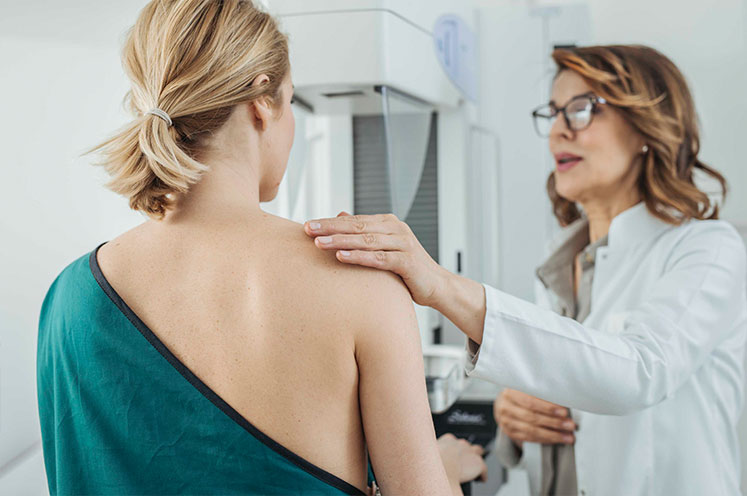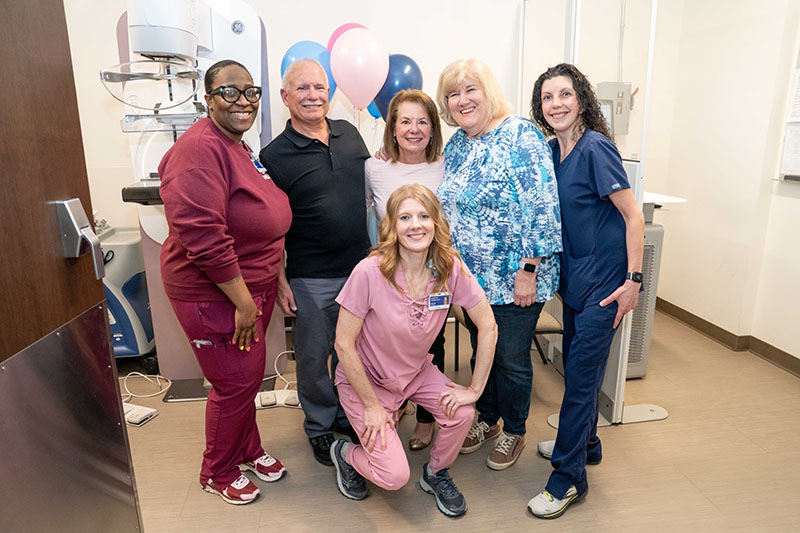Schedule Your Mammogram Online
It's quick and convenient to make your appointment online at any of our locations, where we are committed to keep you safe during your visit!
In fact, the breast cancer experts at Henry Ford recommend average-risk women have annual mammograms beginning at age 40. Following this guideline improves the chances of early diagnosis and successful treatment
Breast exams help our doctors detect changes in breast tissue that may be signs of breast cancer or other breast conditions.
Our breast imaging specialists will help you understand each test so you can make the best decisions possible about your care.
Breast imaging is the use of medical imaging equipment to see inside the breast. Breast imaging tests can use a variety of imaging technology, including magnetic resonance imaging (MRI) and ultrasound.
We offer a wide range of breast imaging tests and procedures as part of our commitment to our patients’ breast health.
The breast imaging test that is most familiar to patients is a mammogram. A mammogram uses X-rays to examine breast tissue. Our mammography services include:
It's quick and convenient to make your appointment online at any of our locations, where we are committed to keep you safe during your visit!

Besides mammograms, we offer many different types of breast imaging procedures. These include:
Henry Ford Health’s mobile mammography bus offers screening for early stage breast cancer by providing digital breast tomosynthesis (DBT) to women at various locations in Southeast and South Central Michigan. The vehicle is staffed by the same highly skilled and caring health professionals who work in our hospitals.

We use cookies to improve your website experience. By using this site, you agree to our Terms of Use. Read our Internet Privacy Statement to learn what information we collect and how we use it.